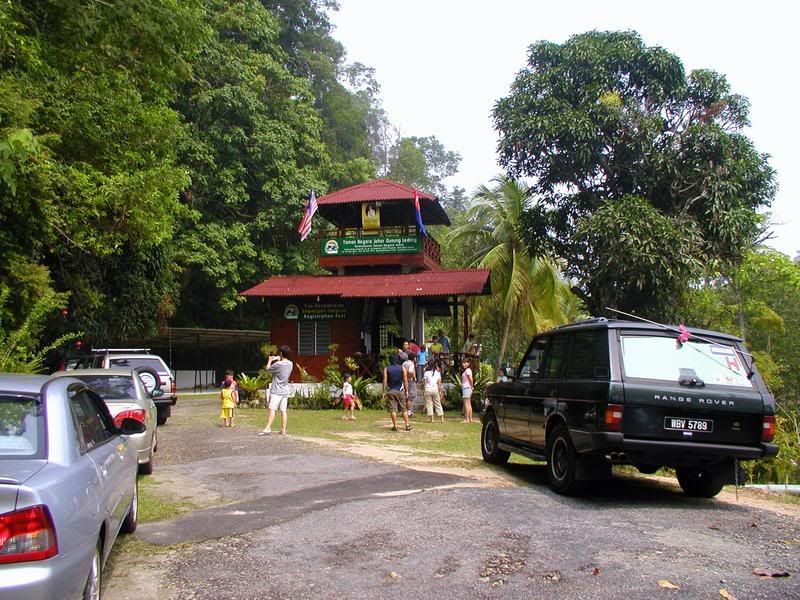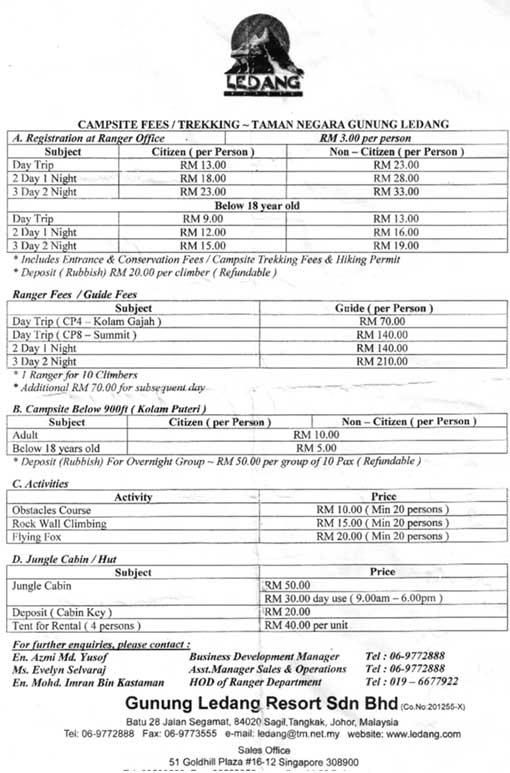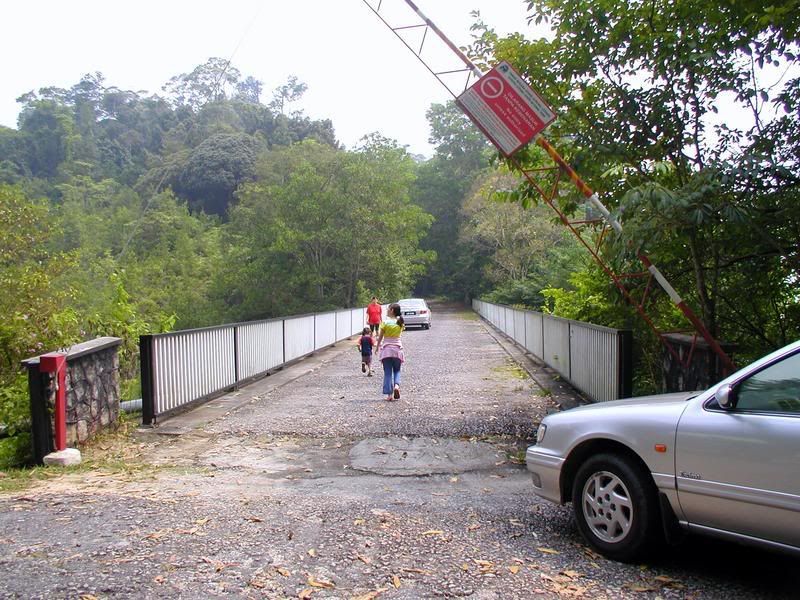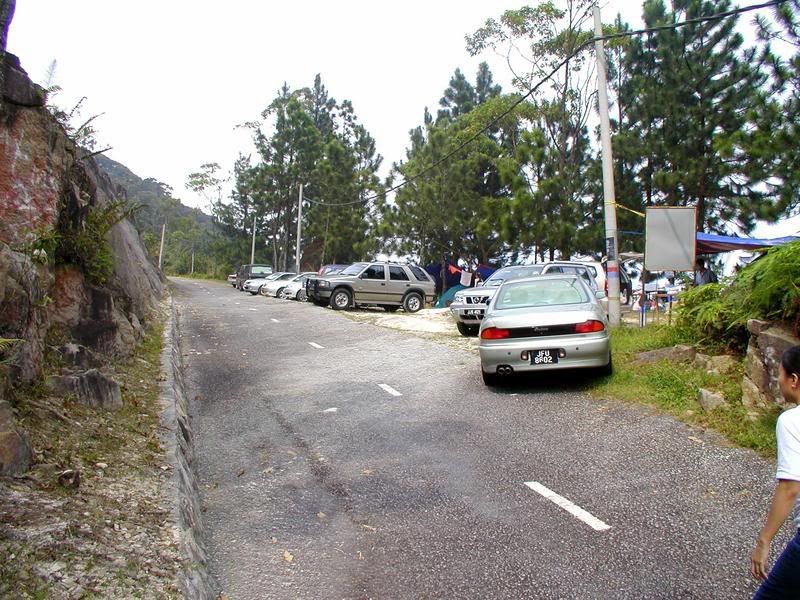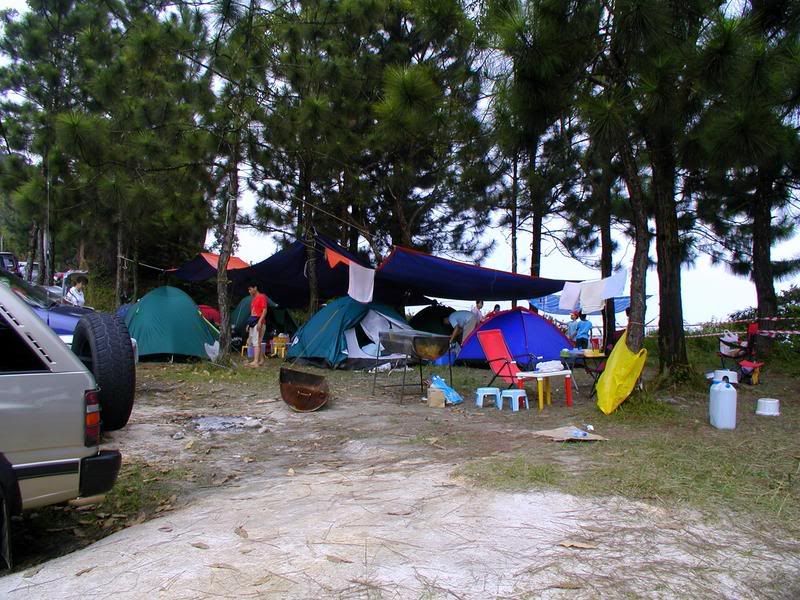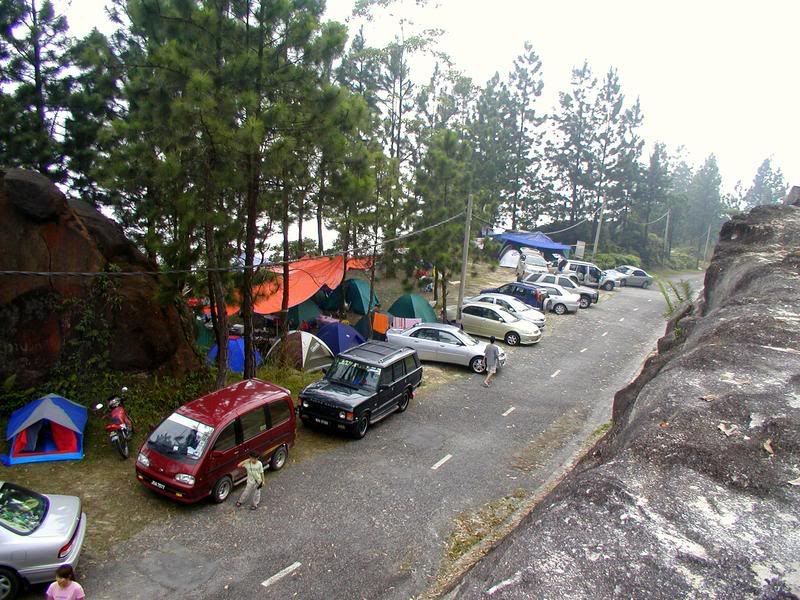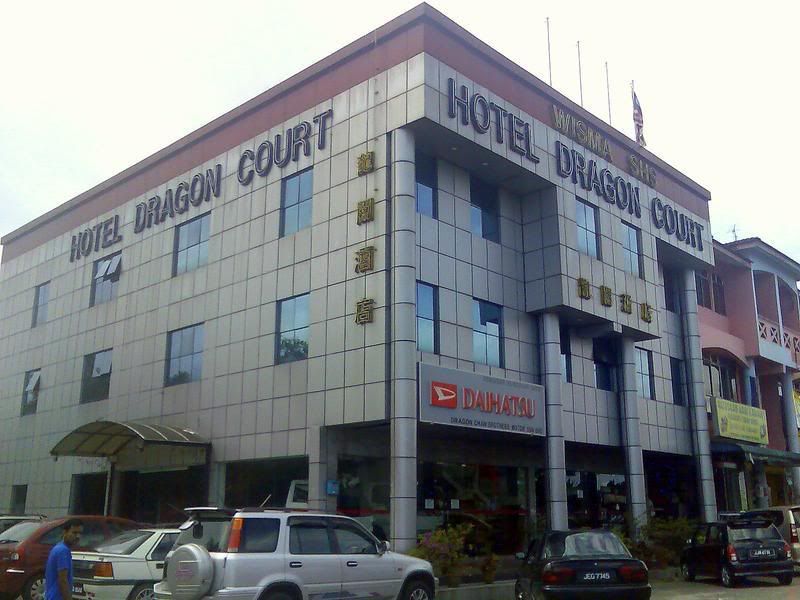The Travel Photographer blog will occasionally post interviews with both travel and editorial working photographers. This interview is with Candace Feit, a full-time freelance working photographer currently based in Dakar, Senegal and working throughout Africa. Candace worked for numerous publications—including the New York Times, Time magazine, Le Monde, and the Christian Science Monitor, among others.1) TTP: When did you decide to become a photographer? Who or what influenced your decision?CF: I had always been interested in photography, but in a pretty general way. I had a job working in marketing for LEGO in NY. After a few years they decided to close the office and move people to the United Kingdom. I realized I did not want to keep doing what I was doing and took it as a chance to leave that behind and really do what I wanted to do. I am lucky enough to have a few good friends who are also great photographers - Mike Kamber and Ruth Fremson are two who helped a lot with feedback and advice – so I have been very lucky as far as encouraging influences.
2) TTP: Do you have any formal training regarding photography?CF: No formal training – besides a couple of classes at ICP- just lots of shooting, looking at work, revising, and going back out shooting. After about a year of doing that, I finally felt like I could make a semi-adequate picture.
3) TTP : if you had the choice, where is your favorite place to live and work as a photographer in the world and why?CF: I have loved living and working in Africa. It’s been a great few years. I’ve become more excited and interested in photographing in the US. I’ve been interested in small town America since taking a road trip around the US in 1994. I’ve also never been to Asia or South East Asia, and would love to live/work in either India or Japan at some point.
4) TTP: Describe your own favorite image, and describe how you went about creating it.  Image © Candace Feit-All Rights Reserved
Image © Candace Feit-All Rights ReservedCF: This is one of my favorite images which I made during a trip to Goree Island in Senegal. I had a friend visiting me in Dakar and so we went to Goree. The sun was going down and I found these kids out on a jetty playing around with this Halloween mask, which just seemed surreal. So I shot a few images of them and it was one of those instances where I felt very connected and as if I was seeing something strange and surreal. I shot it in film and so had to wait to see it, but was really excited by the result.
5) TTP: Describe a day in your professional life.CF: On assignment: Get up, wait, go shoot, edit, shoot some more, wait for good light, shoot more, edit. Working in West Africa can be very slow, be it waiting for permissions, trying to get from point A to B once on assignment, or waiting around for cars and planes. It feels like most of my time is spent waiting around for something.
At home: invoice, research, pitching new stories, archiving. Trying to figure out the ebb and flow of freelance life has been tough – I feel like I have finally realized the importance of staying motivated and getting all of the administrative stuff out of the way during the downtime.
6) TTP: Tell your funniest, scariest, most bizarre, most touching story from a photoshoot!CF: The funniest and most bizarre happened in the same place. I was in Noadibou, Mauritania in June 2007 photographing a story about over-fishing in West Africa. I went out toward dusk, hoping to make some nice pictures, and we ran into these men from Western Sahara who had a bunch of camels and were selling camel milk by the side of the road. We pulled off so I could make some pictures when we saw them tending to a baby camel. I guess the baby was sick and not taking milk so they were “bottle feeding” it with a small tea pot. The guys asked if I had any medicine for stomach aches, because I guess this baby camel was sick with diarrhea and was in dire shape. So I went back to my hotel and sent some Pepto and Immodium for the baby camel… apparently it fixed him up because the next day when we checked up on him he was taking milk again and seemed on the road to recovery.
7) TTP: What types of assignments are you most attracted to?CF: Ones that are assigned by good editors! A good editor makes a huge difference to me as far as how I feel taking more risks or bringing back something that I am excited by, instead of being desperate to please. I just worked with a photo editor at the Chicago Tribune Magazine who is such a person. He communicated very well before the assignment, gave me a good amount of freedom and once I filed all the pix gave me some detailed feedback as to why they used what they ultimately used.
8) TTP: How would you describe your photographic style?CF: Evolving. I’m shooting a lot of medium format film these days so I think that is definitely influencing my composition when I switch over to 35mm. Working mostly in Africa, I find myself photographing in a lot of challenging situations, so I work to slow down and try to find the beauty in whatever I am photographing. Easier said than done, but it is something I am conscious of and always working on.
9) TTP: Who or what would you love to shoot that you haven't already?CF: I’d like to work on some longer stories in 2008. After a couple of years running around spending a week or 10 days someplace and trying to capture a few stories, I’d like to get a bit more immersed in something. I look at something like Larry Towell’s Mennonites which he worked on for over a decade – and that kind of dedication and resolve is something I admire greatly. That’s a kind of depth I’d love to aspire to.
10) TTP: Describe the photo gear, as well as (if digital) your computer hardware and software you use.CF: For assignments I generally use 2 Nikon D200 bodies, with a variety of lenses depending on what I’m shooting and how much gear I can bring along. Usually some combination of a 12-24, 17-35, 28-70, 20mm. I recently bought a 18-200 so I keep that packed in case I need a long lens, though I don’t use it much, but I always feel like I should bring it along. I also almost always bring my Hasselblad 501c (80mm) with a bunch of Kodak 160VC, 400VC, velvia 120. I’ve been using the Hassleblad more and more for personal work and it’s become my default bring around town camera. I use a Macbook, usually just with Adobe Lightroom and sometimes Photoshop. Filezilla for FTP (I think I read about it on thetravelphotographer, actually) – which is great, and free.






